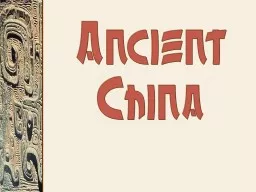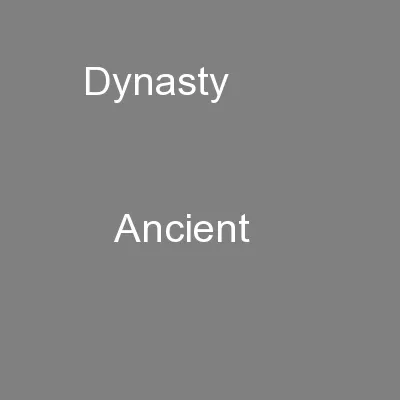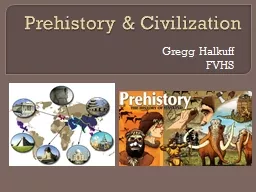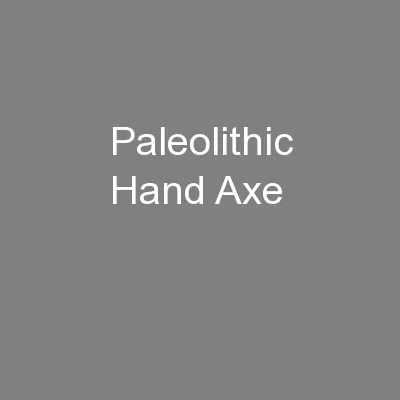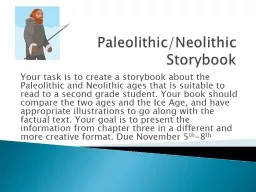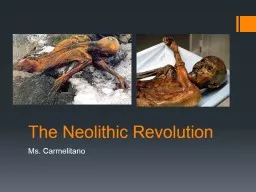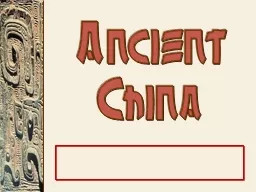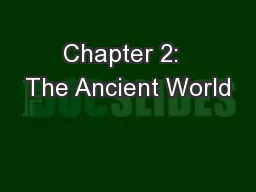PPT-Ancient China Neolithic China
Author : bikersphobia | Published Date : 2020-08-29
Peking Man 750000 500000 BCE Sinanthropus pekinesis Yellow River Civilization Neolithic Pottery 3000 BCE to 2000 BCE The 4 OldWorld River Valley Cultures PanGu
Presentation Embed Code
Download Presentation
Download Presentation The PPT/PDF document "Ancient China Neolithic China" is the property of its rightful owner. Permission is granted to download and print the materials on this website for personal, non-commercial use only, and to display it on your personal computer provided you do not modify the materials and that you retain all copyright notices contained in the materials. By downloading content from our website, you accept the terms of this agreement.
Ancient China Neolithic China: Transcript
Download Rules Of Document
"Ancient China Neolithic China"The content belongs to its owner. You may download and print it for personal use, without modification, and keep all copyright notices. By downloading, you agree to these terms.
Related Documents

